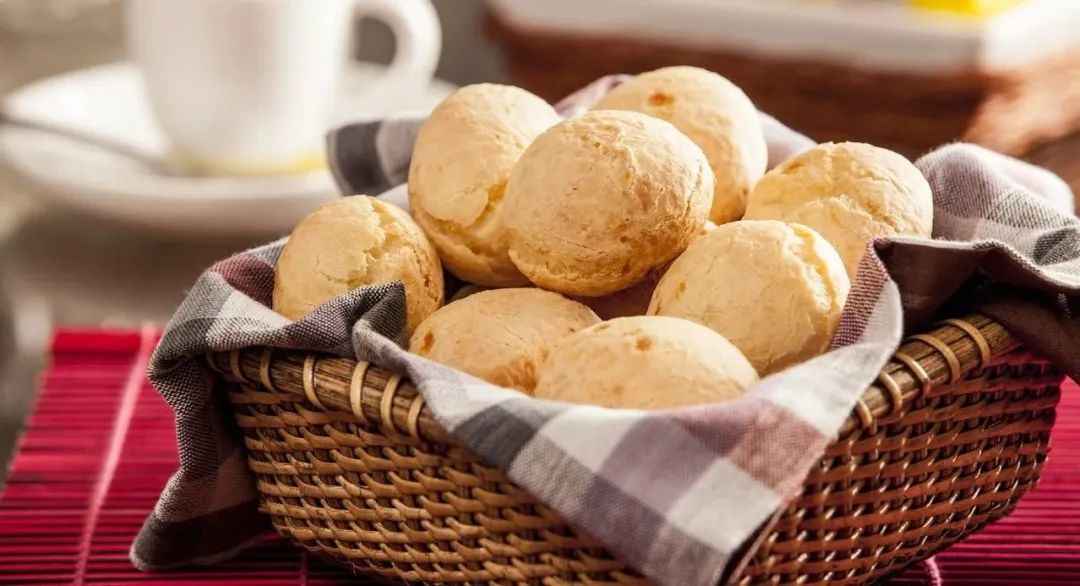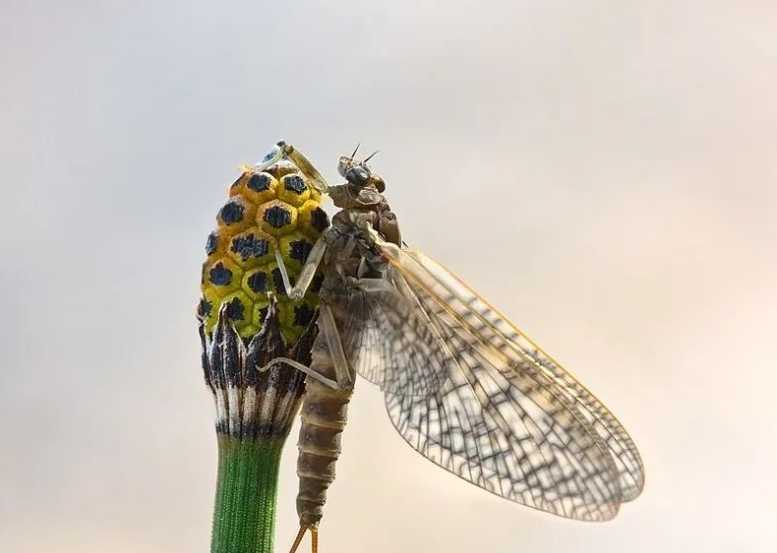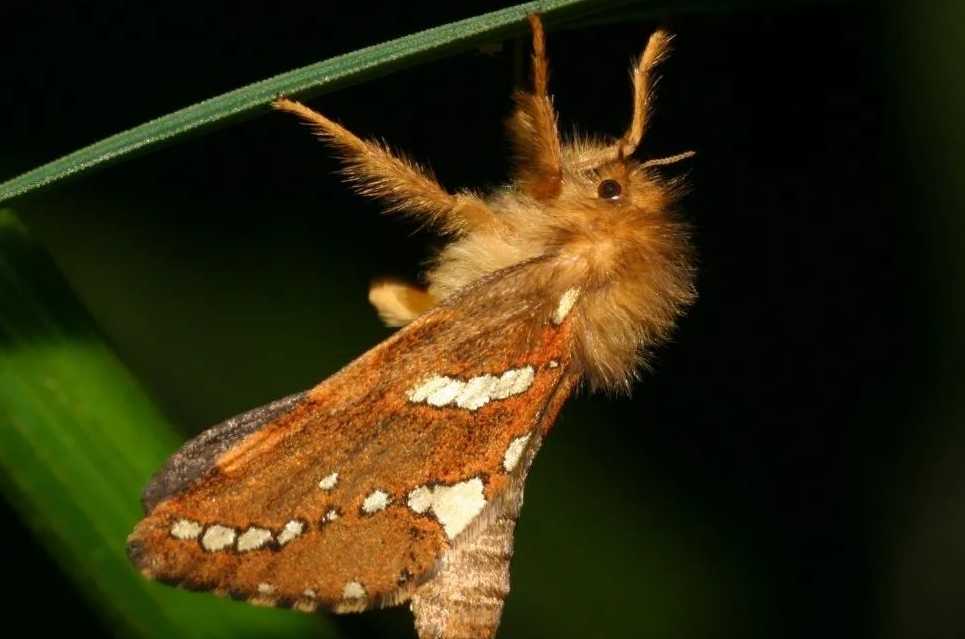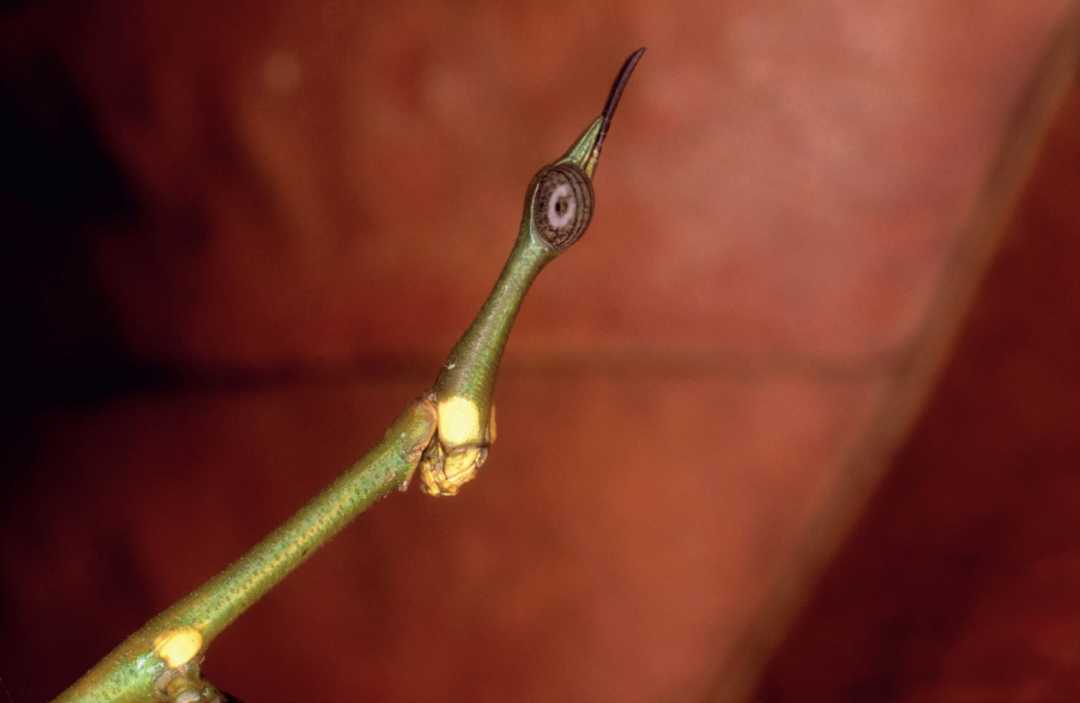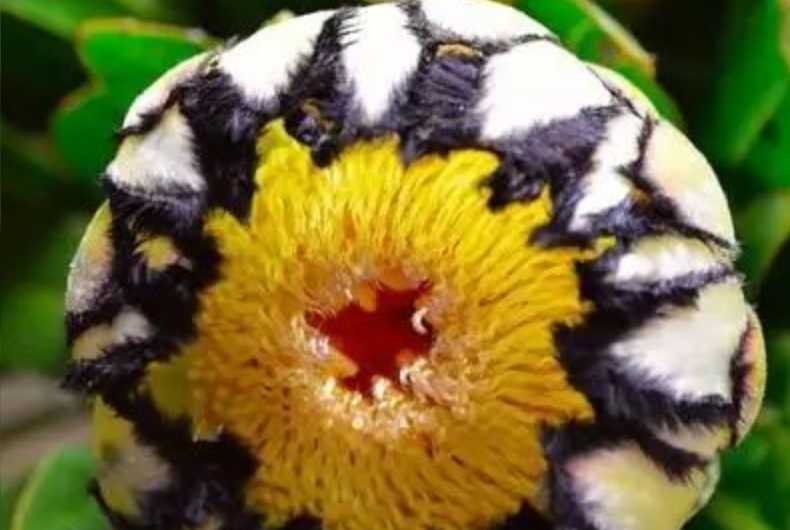
The King Protea (Protea cynaroides), an iconic botanical masterpiece native to South Africa’s fynbos regions, reigns as one of the world’s most striking flowers. This evergreen shrub has captivated horticulturists and nature enthusiasts with its regal appearance and cultural significance, standing as a living symbol of the continent’s diverse ecosystems.
As the largest flower in the Protea genus, the King Protea boasts spherical flower heads that can span up to 30 centimeters in diameter. Its dramatic structure features leathery, overlapping bracts in hues of deep pink, crimson, or cream, forming a protective casing around the central disk of tiny florets. The bracts’ velvety texture and vibrant color gradients resemble a crown, while the flower’s robust, woody stem supports it at heights of 1–2 meters. Blooming from late winter to summer, the King Protea emits a subtle nectar scent that attracts sunbirds and insects, which aid in its pollination. Its elliptical, glossy leaves further enhance its majesty, with a waxy coating that helps it thrive in arid, Mediterranean - like climates.
In its native fynbos biome, the King Protea plays a vital role in fire - adapted ecosystems. Its thick, resinous bark protects the plant during wildfires, while post - fire seed dispersal ensures regeneration. This resilience has made it a national emblem of South Africa, adopted as the country’s floral symbol in 1976. Commercially, the King Protea is highly prized in the cut flower industry for its long vase life (10–20 days) and dramatic presence in arrangements. Cultivation requires well - drained, acidic soil and full sun, though hybrids like 'Grandiflora' have expanded its adaptability. Despite its popularity, habitat loss and climate change threaten wild populations, prompting conservation efforts to preserve this floral monarch and the unique ecosystems it inhabits. As a fusion of natural grandeur and cultural legacy, the King Protea continues to rule as a botanical icon of unparalleled beauty.


